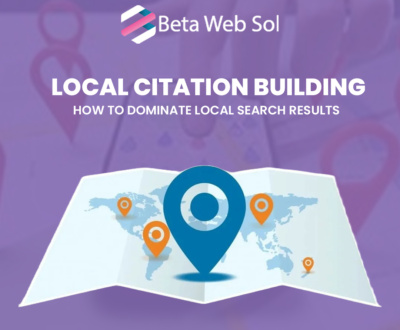BERT stands for Bidirectional Encoder Representations from Transformers. It is an algorithm used by Google to better understand the context of words in search queries. BERT allows Google to more accurately understand the nuances and subtleties of natural language, which in turn has improved search results for users.
Importance of Natural Language Processing
Natural language processing (NLP) is a branch of artificial intelligence that deals with the interaction between computers and human language. NLP helps computers to interpret, understand, and generate human language, which is a critical component of search engines. By understanding the natural language used in search queries, search engines can deliver more accurate and relevant search results.
How BERT Works
BERT is based on a neural network architecture known as a transformer. It works by analyzing the context of each word in a sentence to better understand the meaning of the entire sentence. BERT can also understand the relationships between different words in a sentence, which allows it to better understand the context of the entire query.
Training Data for BERT
Google used a massive dataset of over 3 billion words to train the BERT algorithm. This dataset was created by crawling the web and was filtered to ensure that it was of high quality and relevance to search queries. The training data was also preprocessed to remove any personal information or other sensitive data.

Applying BERT to Your Content Creation
By understanding how BERT works and the training data that was used to develop it, you can apply these principles to your own content creation in your SEO content strategy or Social Media content strategy. Here are some tips for creating content that is optimized for BERT:
- Use natural language in your content: BERT is designed to understand the nuances and subtleties of natural language, so use language that is clear, concise, and easy to understand.
- Provide context: Make sure that your content provides context for the topic you are discussing. Use related keywords and phrases to help BERT better understand the meaning of your content.
- Use heading tags: Use heading tags (H1, H2, H3) to structure your content in a logical and easy-to-follow way. This helps BERT better understand the organization of your content.
- Use schema markup: Schema markup is a form of structured data that provides additional context about your content to search engines. Use schema markup to provide additional information about your content, such as the author, date published, and other relevant details.
Google’s BERT algorithm has revolutionized the way that search engines understand natural language, leading to more accurate and relevant search results for users. By understanding how BERT works and the training data that was used to develop it, you can create content that is optimized for this algorithm and better positioned to rank well on search engines.
About us and this blog
We are a digital marketing company with a focus on helping our customers achieve great results across several key areas.
Request a free quote
We offer professional SEO services that help websites increase their organic search score drastically in order to compete for the highest rankings even when it comes to highly competitive keywords.












